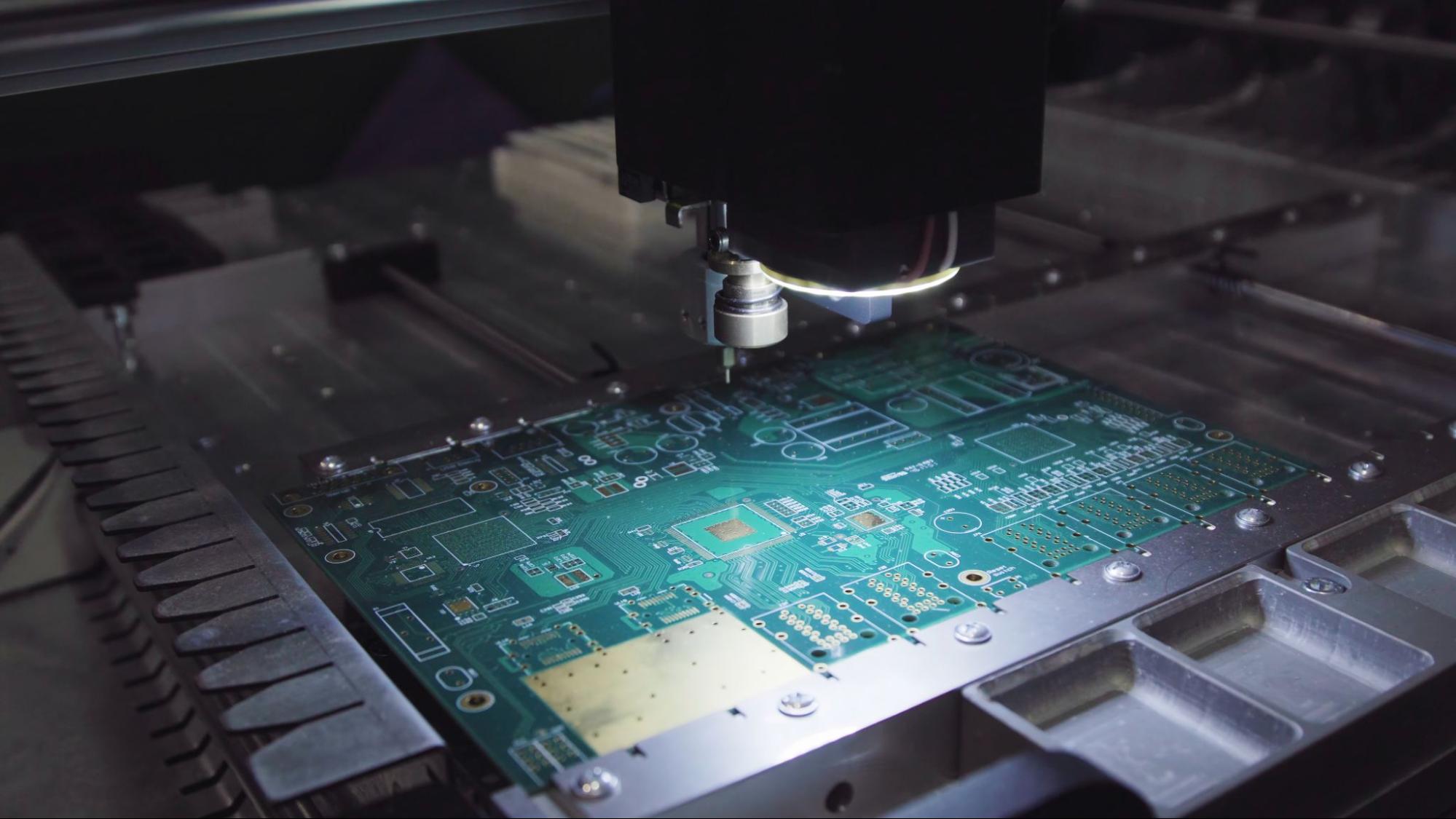If you’re starting your electronic product development, you’ll quickly learn that the heart of your device lies in the PCB assembly process.
Getting your product to market in a timely manner means avoiding certain pitfalls that can arise during the assembly process. These pitfalls can be avoided only by selecting a PCB manufacturer with the capacity and expertise to handle your design.
We’ve put together this guide to help you understand the process they’re getting into and how to evaluate PCB assemblers to accelerate your project.
Understanding the PCB Assembly Process
As the foundation for modern electronic devices, the PCB is the most important piece of the device and goes through many phases of development before final mass production can begin.
Given that many steps are packed with fine details, many things can go wrong during the process and lead to delays and setbacks.
Let’s take a look at some of the most important moments in the PCB assembly journey.
Design and Prototyping
Once a new electronic device has been conceptualized, the race to get the product to market begins with design and prototyping.
During this initial phase, designer engineers will:
- Create a detailed schematic diagram outlining component connections.
- Choose electronic components based on functionality.
- Plan the layout of the components on the PCB.
- Route electrical traces that will serve as electrical connections on the board.
- Build prototype versions of the board to test functionality and check for unresolved issues.
- Refine the design through an iterative process to optimize efficiency and reliability.
Once the design has been verified through this process, designers can generate Gerber files that will instruct the manufacturer on exactly how to assemble the PCB. These Gerber files serve as the bridge between the design and manufacturing phases, beginning with component procurement.
Component Procurement
Designers will determine which materials are needed for the desired PCB, then produce a bill of materials (BOM) which lists all components and materials required for the assembly. Components will then be secured from suppliers using the BOM.
These files are usually sent to the assembler along with the Gerber files.
PCB Fabrication
The first step in assembling a PCB after designing it and acquiring the requisite materials is fabricating the board itself.
A copper-clad PCB made of the specified material is manufactured. Using various etching processes, most of the copper is removed from the board, leaving only the desired copper traces specified by the Gerber files.
Combining multiple PCBs into a single panel at this stage is common for more efficient manufacturing.
Assembly and Soldering
Then, the delicate process of putting the pieces together begins.
Automated pick-and-place machines are used to place components in precise locations on the board. The components are then soldered in place. Various soldering methods depend on the component, circuit board material, and device specifications.
Factors Influencing PCB Assembly Timelines
Manufacturers of electronic devices can lose a lot of time on their journey to market during the PCB assembly process. Here are just a few things that can go wrong and the steps manufacturers take to mitigate these risks:
Component Availability
Essential components can be subject to shortages or delays in acquisition.
PCB assemblers and manufacturers avoid this by maintaining buffer stocks, monitoring real-time market trends, and establishing relationships with multiple suppliers for flexibility.
Design Complexity
Elaborating designs with numerous components and layouts can add time to an intricate process.
To help alleviate this, designers attempt to streamline designs as much as possible without losing functionality. Modular components and advanced design tools can improve design efficiency.
Assembly Process Optimization
Inefficient or non-optimized assembly workflows can cause problems and setbacks.
Reliable PCB assemblers will invest in automated assembly equipment and prioritize efficient workflows.
Testing and Quality Control
PCBs may require extensive testing based on their application, which can prolong the verification phase.
To expedite testing and QC, PCB assemblers will invest in advanced QC technologies that allow testing multiple devices at once. This rapidly achieves robust testing without compromising quality.
Choosing the Right PCB Assembler
What we’ve discussed here is only a small window into the many steps and details required for modern PCB manufacturing.
From design to assembly, there are plenty of ways to lose time and incur waste through lack of efficiency. Every misstep adds up, so choosing PCB assemblers with a proven track record of smooth and efficient manufacturing is critical. Here’s how you can tell if a PCB assembler meets these requirements:
Experience and Expertise
Assess the assembler’s longevity, industry experience, client references, and project portfolio. Familiarity with diverse project requirements is a good sign that this assembler will be able to handle any design you give them.
Technology
Modern equipment enhances precision and efficiency. Confirm that the assembler has invested in up-to-date technology and adheres to industry standards.
Scalability
Production volumes can vary. Ensure the assembler has the production capacity and flexibility to handle your production needs as they scale.
Quality Assurance
Proper testing is essential for delivering reliable, defect-free PCBs. Review the assembler’s QC processes and testing methods to ensure adherence to industry standards.
Imagineering is Your Go-To PCB Assembler for Accelerating Project Timelines
Imagineering is proud to offer unmatched efficiency in PCB assembly. Whether you prefer full-service turnkey services or opt for Imagineering to handle assembly using your components, we can deliver top-quality PCBs quickly.
Imagineering’s services include:
- Turnaround times are as short as 24 hours, with flexible production from 1 to 100,000 units.
- Compliance with class II and III inspection standards.
- A 100% on-time delivery guarantee.
- Full Design for Manufacturability (DFM) support.
If you’re ready to partner with Imagineering for your next PCB production run, contact us today and let us know what you need and when you need it.

